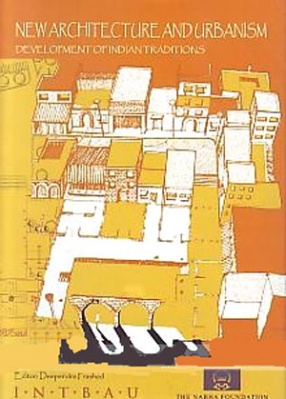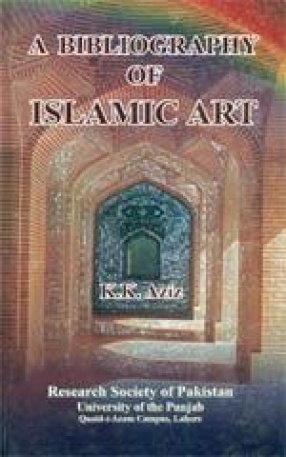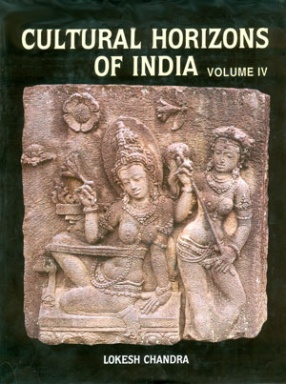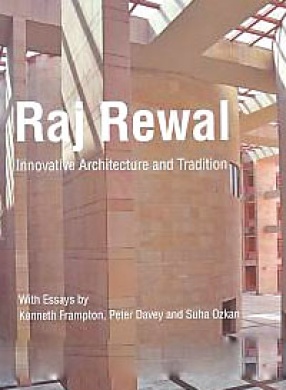This book on “New Architecture and Urbanism: Development of Indian Traditions” builds on the contributions from various architects, planners, educationists, decision-makers and others from across the world who gathered together to create a forum for the promotion of traditional processes and techniques for the creation of the built environment.
This book presents the arguments, axioms and case studies related to traditional architecture and urbanism in a sequential format. Firstly it examines the “New ways of looking at Heritage” by separating it from pure history into a living and evolving process. The book looks at what defines traditional methods and their relevance to the contemporary context. It also examines the aspects of continuity and contextual frameworks in the built environment. The section on “Sustainable buildings, places and communities” explores the many facets of locally driven processes from the viewpoint of tradition and sustainability. These include many community based planning methods and their applications in shaping the built environment, aspects of environmental sustainability and on how appropriateness could be ingrained into current architectural education. Lastly, the book delves into a number of executed examples in architecture seeking to learn from tradition and examples in “place-making urbanism” which in turn promotes humane, walkable and connected neighbourhoods.





There are no reviews yet.